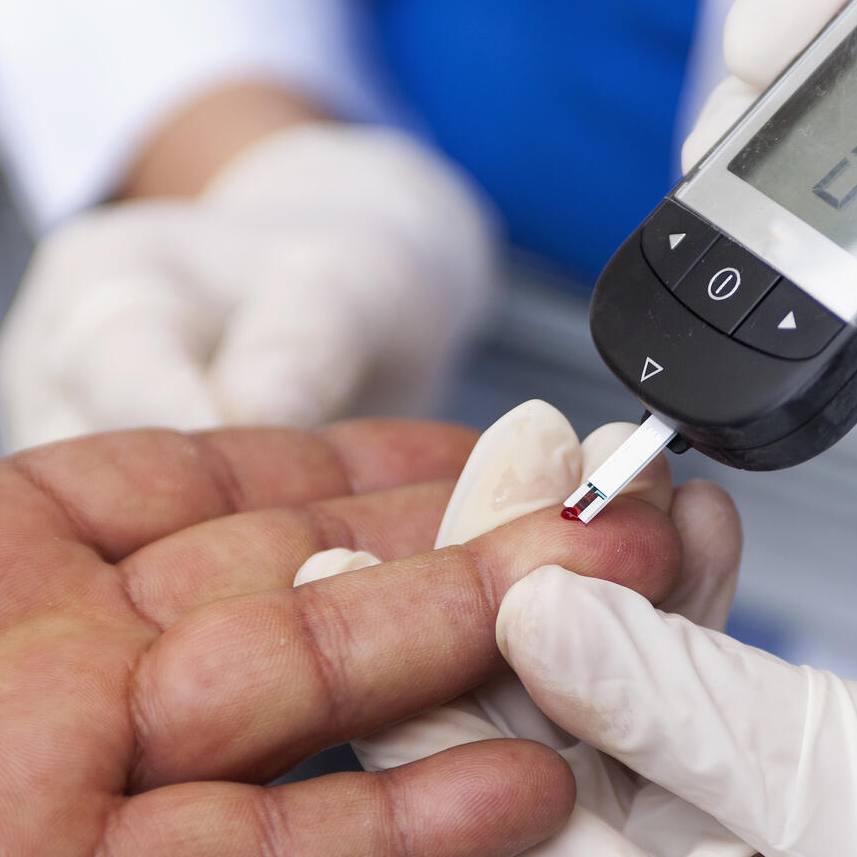-
Arizona
Virtual Colonoscopies Suitable for People 65 and Older, Mayo Clinic Research Shows
SCOTTSDALE, Ariz. — A new study, led by a physician from Mayo Clinic in Arizona, shows that virtual colonoscopy isn't just for younger people. The American College of Radiology Imaging Network study published in Radiology now indicates that virtual colonoscopy is comparable to standard colonoscopy for people better than 65 years old.
Click here for a video of Dr. C. Daniel Johnson explaining the new study.
Colonoscopy is commonly performed for early detection of colon cancer in people over 50 years old. In the standard procedure, a long, flexible tube is used to view the lining of the colon. After prepping to cleanse the colon, the patient is sedated for the procedure and then generally goes home to rest for the remainder of the day.

Virtual colonoscopy, known more formally as computerized tomographic CT colonography, uses advanced imaging software to produce a three-dimensional view of the entire colon and rectum. The virtual colonoscopy procedure involves insertion of a small enema tip into the rectum, accompanied by carbon dioxide gas to inflate the colon. No sedation is required. The procedure requires the same cleansing preparation as standard colonoscopy.
A Mayo Clinic study published in the New England Journal of Medicine in 2008 indicated that virtual colonoscopy is as good as standard colonoscopy, but the performance in medicare age patients was not specifically analyzed. Questions lingered by some about the effectiveness of virtual colonoscopies in older people because of the increased occurrence of colon polyps. In the new study, data from the 2008 research study was used to evaluate the performance of CTC in patients over age 65 compared to those age 50-65. The study found no statistical significant difference in CTC effectiveness between the two patient groups.
Virtual colonoscopy was found to be highly accurate for detection of intermediate (6-9 mm) and large (greater than 1 cm) polyps. Because the vast majority of patients will not be found to have a polyp, no further workup is necessary. Only the 12 percent of patients identified with a polyp at CTC would need to undergo subsequent colonoscopy. As most colon cancers arise from preexisting polyps, detection and removal of these lesions holds the promise of eradicating this important health menace.
C. Daniel Johnson, M.D., Chair of the Department of Radiology at Mayo Clinic in Arizona, and coauthor of the study hopes this further validates virtual colonoscopy as a colorectal cancer screening option, and will encourage more people to be screened.
"The key isn't so much the modality, the key is getting screened," Dr. Johnson says. "We hope that this additional, less-invasive option for cancer screening will lead more people to get screened and will ultimately result in fewer deaths from colorectal cancer."
Dr. Johnson added that how people get screened should be an individual decision based on discussions with their medical providers. Virtual colonoscopies may be considered for patient who:
- have had a difficult time with previous colonoscopy procedures
- are on anti-coagulant drugs
- have a colon obstruction
- are unwilling to have a standard colonoscopy.
Despite the known benefits of colorectal screening, other studies indicate that the majority of Americans age 50 and older are not being screened for the disease. Colorectal cancer is the third most frequently diagnosed cancer and the second-leading cause of cancer death in the U.S.
Media Contact: Jim McVeigh, Public Affairs, 480-301-4222







